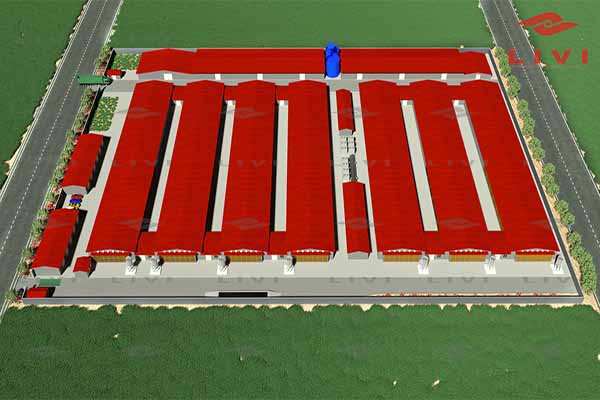Layer Chicken Feed Per Day: Optimizing Feeding Practices
Feeding your layer chickens the right amount of feed per day is crucial for their health, productivity, and overall welfare. As a professional in the poultry industry, it’s essential to understand the best practices for feeding your flock. In this article, we’ll delve into the optimal feed intake for layer chickens and how to ensure they receive the nutrients they need.
Understanding Layer Chicken Feed Requirements
Layer chickens require a balanced diet that includes carbohydrates, proteins, fats, vitamins, and minerals. The amount of feed they consume daily can vary depending on several factors, such as their age, weight, and the type of feed.
Age and Growth Stage
Younger chickens need more feed to support their rapid growth. As they mature into laying hens, their feed requirements will decrease slightly. Typically, a young chicken may require about 120-130 grams of feed per day, while an adult layer might need around 90-100 grams.
Weight
The weight of the chickens also plays a significant role in determining their feed requirements. Heavier chickens will need more feed to maintain their weight and health.
Feed Type
The type of feed you choose for your layer chickens can impact their daily intake. For instance, a complete layer feed that contains all the necessary nutrients will require less feed compared to a diet that you have to supplement with additional ingredients.
Calculating Feed Intake
To calculate the optimal feed intake for your layer chickens, consider the following formula:
Feed Intake (grams per day) = (Body Weight in kg) x (Feed Conversion Ratio)
The feed conversion ratio is a measure of how much feed is required to produce a unit of weight gain. This ratio can vary depending on the breed and age of the chickens.
Monitoring and Adjusting Feed Intake
Regularly monitoring your chickens’ feed intake is crucial to ensure they are receiving the right amount of nutrition. Here are a few tips for monitoring and adjusting their feed intake:
– Observe Eating Habits: Pay attention to how much feed your chickens consume each day. If they are eating significantly more or less than the recommended amount, investigate the cause.
– Check Body Condition: Regularly assess your chickens’ body condition to ensure they are not overweight or underweight.
– Adjust Feed: If you notice a discrepancy in their feed intake, adjust the amount accordingly. It’s better to slightly overfeed than underfeed, as underfeeding can lead to health issues.
Livi Machinery: Your Partner in Poultry Farming
At Livi Machinery, we understand the importance of providing your chickens with the best possible care. Our range of high-quality poultry equipment, including feeders and waterers, is designed to help you optimize feeding practices and ensure the health and productivity of your flock.
For more information on our products and services, please visit our website or contact us today. We’re here to help you create a successful and sustainable poultry farming operation.

